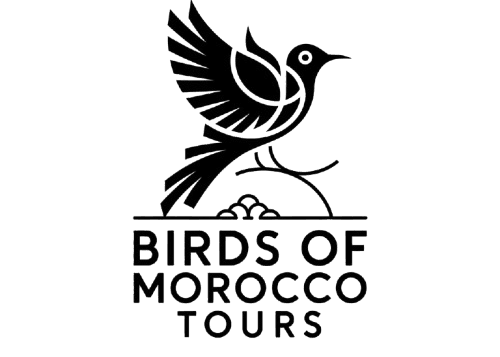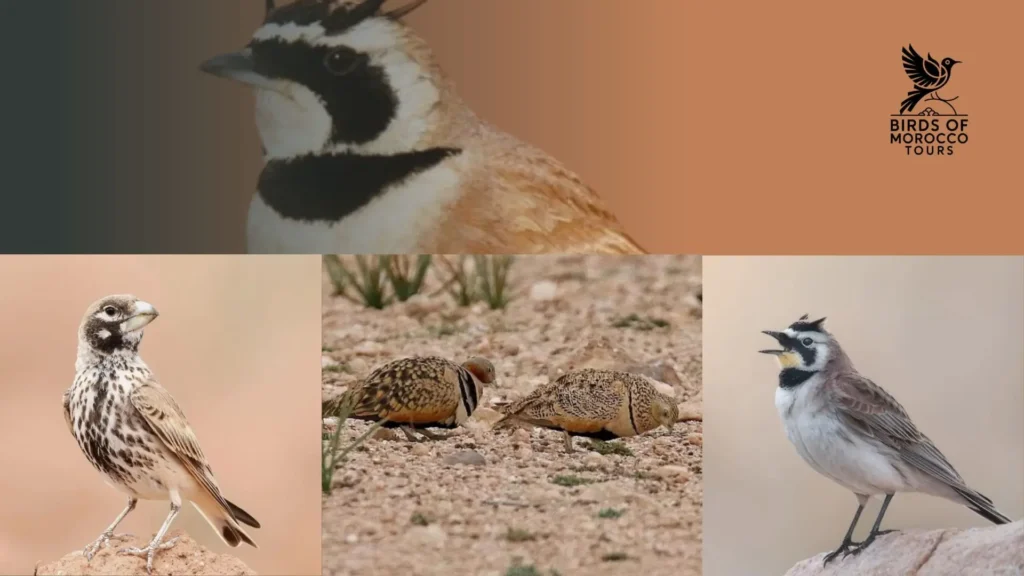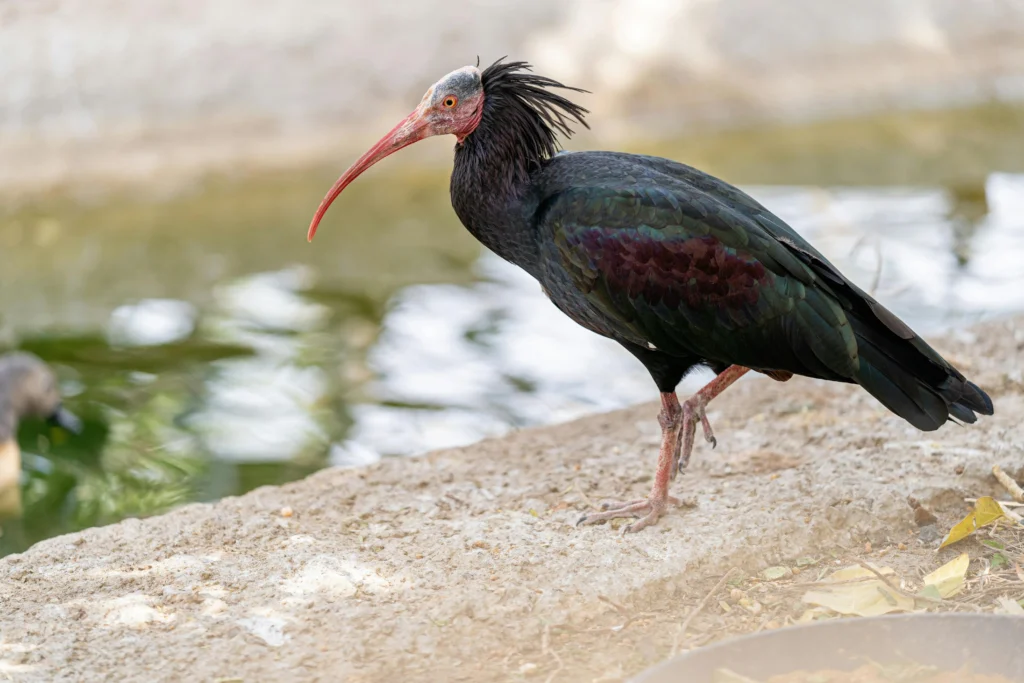Morocco is a paradise for birdwatchers, offering incredible diversity across its deserts, wetlands, and mountain ranges. For anyone fascinated by birds Morocco, this North African country provides a unique opportunity to spot both rare and endemic species. From the High Atlas Mountains to the Merzouga Desert, and along the coastal wetlands, Morocco’s landscapes host an impressive variety of avian life.
Whether you are hoping to see the Northern Bald Ibis, Moussier’s Redstart, or the elusive Atlas Coal Tit, a well-planned birding trip will ensure a memorable experience. This guide highlights the best locations, species likely to be encountered, and practical tips for spotting birds Morocco.
Why Morocco is a Top Birdwatching Destination
Morocco’s strategic location between Europe and Africa, coupled with its varied habitats, makes it one of the top destinations for birds Morocco enthusiasts. Coastal lagoons, high mountain cedar forests, and desert plains host both resident and migratory birds.
The seasonal migration of raptors, storks, and waders adds even more excitement. Understanding the timing of migrations and the types of habitats can dramatically increase your chances of spotting rare species, making a trip focused on birds Morocco truly rewarding.
Endemic and Rare Species You Might See
-
Northern Bald Ibis – critically endangered, mainly in Souss-Massa
-
Moussier’s Redstart – rocky slopes of the High Atlas
-
Atlas Coal Tit – cedar forests at high altitude
-
Levaillant’s Woodpecker – cedar and oak forests
-
Maghreb Wheatear – desert-adapted species
Key Birding Locations in Morocco
High Atlas Mountains
The High Atlas offers alpine meadows, rocky cliffs, and cedar forests. These areas are prime for spotting rare and endemic species.
Oukaimeden
Oukaimeden, famous for winter skiing, becomes a birdwatching hotspot during spring and autumn. Here, birders can find Moussier’s Redstart, Atlas Coal Tit, and African Crimson-winged Finch. Early mornings are best for observing feeding and singing behavior.
Tagdilt Track
Tagdilt Track is a remote trekking route with cedar forests and rocky valleys, home to Tristram’s Warbler, Levaillant’s Woodpecker, Cirl Bunting, and Red Crossbill. Quiet walking and local guides help maximize sightings of elusive species.
Merzouga Desert
Despite its arid environment, Merzouga supports birds like Maghreb Wheatear, Desert Lark, and sandgrouse. Oases and rocky outcrops are ideal for spotting these desert-adapted species. Early morning visits are recommended for better sightings and cooler temperatures.
Wetlands and Coastal Areas
Morocco’s wetlands, including Merja Zerga Lagoon and Sidi Boughaba, attract flamingos, herons, and Eurasian spoonbills during migration seasons. These areas are essential for birdwatchers focused on birds Morocco, providing the chance to observe large flocks in stunning natural settings.
Birdwatching Observation Checklist by Location
| Location | Species | Habitat | Best Time to See |
|---|---|---|---|
| High Atlas – Oukaimeden | Moussier’s Redstart | Rocky slopes | Early morning |
| Atlas Coal Tit | Cedar forests | Morning & late afternoon | |
| African Crimson-winged Finch | Alpine meadows | Morning | |
| High Atlas – Tagdilt Track | Levaillant’s Woodpecker | Cedar & oak forests | Morning |
| Tristram’s Warbler | Dry valleys | Morning & late afternoon | |
| Cirl Bunting | Forest edges | Daytime | |
| Red Crossbill | Conifer forests | Daytime | |
| Merzouga Desert | Maghreb Wheatear | Sandy plains | Morning |
| Desert Lark | Open desert terrain | Morning & late afternoon | |
| Sandgrouse | Water points | Dawn & dusk | |
| Hoopoe Lark | Desert flats | Morning | |
| Desert Sparrow | Oases & settlements | Morning & afternoon | |
| Wetlands & Coastal Areas | Northern Bald Ibis | Cliffs & wetlands | Morning |
| Flamingos | Shallow lagoons | Early morning | |
| Eurasian Spoonbill | Mudflats & shallow waters | Morning & late afternoon | |
| Herons & Egrets | Marshes & lagoons | Daytime | |
| Various Ducks | Wetlands & lagoons | Winter & migration |
Tips for Birdwatching in Morocco
-
Timing: Dawn and dusk are peak bird activity periods.
-
Season: Spring and autumn migrations offer the widest variety of species.
-
Equipment: Binoculars, spotting scopes, and cameras with zoom lenses are essential.
-
Guides: Local guides can significantly improve chances of spotting rare species.
-
Ethical Practices: Maintain distance, avoid nests, and follow park rules.
Conservation and Responsible Birdwatching
Conservation is key for sustaining Morocco’s rare species. Ethical birdwatching practices and supporting local initiatives help protect habitats for birds Morocco. The critically endangered Northern Bald Ibis and other endemic species rely on responsible tourism to thrive.
Conclusion
From the High Atlas Mountains to the Merzouga Desert and coastal wetlands, Morocco offers a wealth of opportunities to explore birds Morocco. Rare species like Moussier’s Redstart, Atlas Coal Tit, and Northern Bald Ibis make Morocco an essential destination for any birding enthusiast. Planning carefully, respecting habitats, and using local guides ensures a rewarding experience and unforgettable avian encounters.



